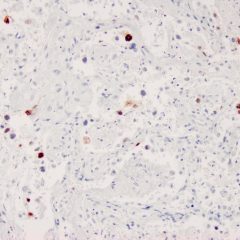
Adenovirus
20/11 & 2/6
Adenoviruses are a group of viruses that can infect the membranes (tissue linings) of the respirator...
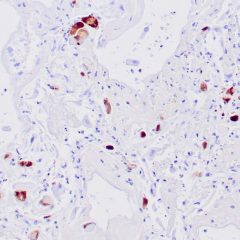
CMV
8B1.2/1G5.2/2D4.2
Cytomegalovirus (CMV) is an opportunistic pathogen infecting lung, kidney, gut and other organs in s...
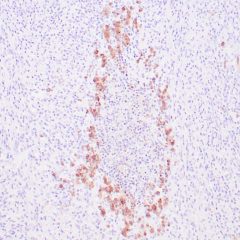
EBV-LMP
CS1-4
CS1-4 reacts strongly with EBV-positive lymphoblastoid cell lines and EBV infected B cell immunoblas...
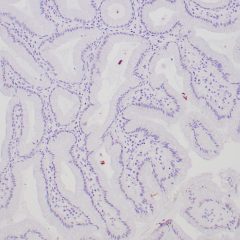
H. Pylori
Poly
Helicobacter pylori is known to cause peptic ulcers and chronic gastritis in human. It is associated...
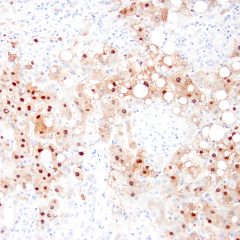
HBcAg
Poly
Hepatitis B virus is spherical in shape with a diameter of 42 nm. It contains a 27 nm partially doub...
preferred clone
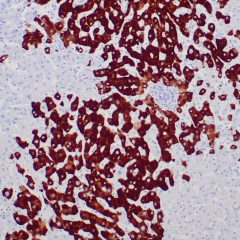
HBsAg
ZR393
Hepatitis B surface antigen (HBsAg) is a glycoprotein on the surface of the hepatitis B virus. After...
Preferred Clone
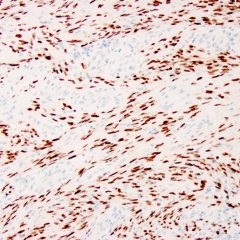
HHV-8
ZR106
HHV8 encodes a latent nuclear antigen (LNA), which is the product of the viral gene orf 73. LNA is c...
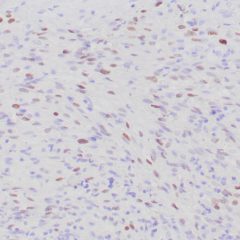
HHV-8
LN53
HHV-8 encodes a latent nuclear antigen (LNA), which is the product of the viral gene orf 73. LNA is ...
Preferred Clone
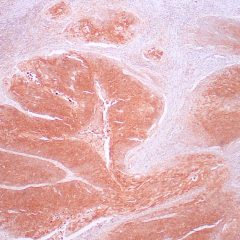
HPV
CAMVR-1 & C1P5
Human papilloma viruses (HPVs) can be classified as either high risk or low risk according to their ...
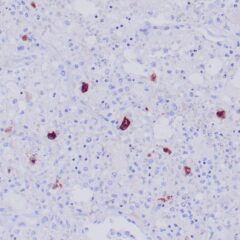
HSV II
0192
The antibody reacts with HSV type 2 specific antigens and with antigens common for HSV types 1 and 2...
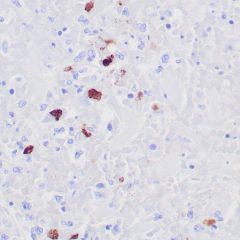
HSV1
10A3
The antibody reacts with HSV type 1 specific antigens and with antigens common for HSV types 1 and 2...
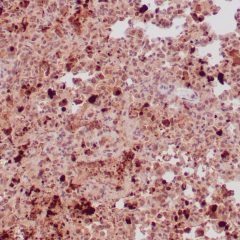
Toxoplasma gondii
Poly
Toxoplasma gondii, a single-celled parasite, causes the disease toxoplasmosis. The life cycle of Tox...
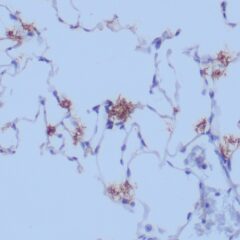
Treponema pallidum
Poly
Treponema pallidum is a Gram-negative spirochete bacterium with periplasmic flagella. There are at l...